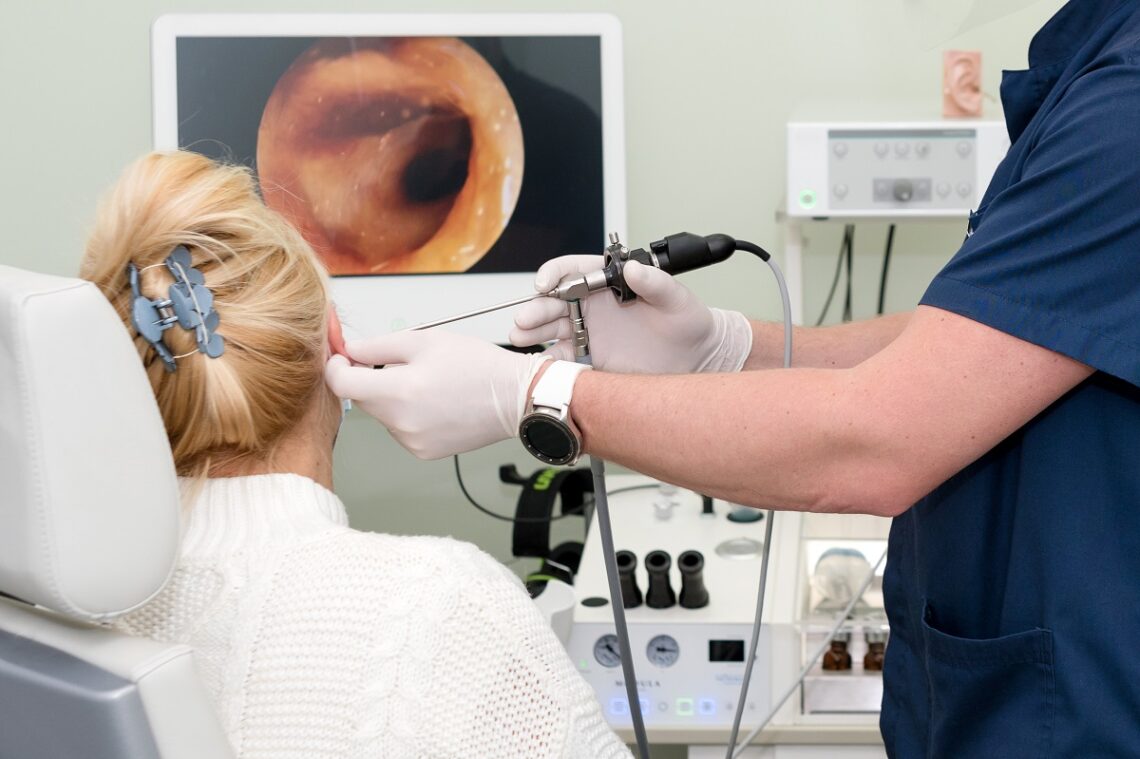We all know about earwax—the sticky stuff that comes out of our ears, but when have you ever taken the time to truly consider what it is and what is does? Many only think of it when it starts to be a problem like when try to remove it or when an infection or blockage occurs in our ear. The truth is that understanding what earwax is and It’s important role for our ears, can help to avoid future issues. Here are a few things about earwax which may surprise you!
It’s not actually wax!
It’s called earwax for its sticky tacky nature which resembles wax from bee or candles but its not wax at all. Technically called cerumen, earwax is a combination of dirt, dead skin cells, and sweat mixed with sebum – a secretion made up mostly of fat which our body produces.
The important role of earwax
Many people find earwax unsightly and spend time trying to get rid of it. However this can be a dangerous practice as earwax plays an essential role in the health of our ears. Earwax’s sticky nature works to lubricate the inner ear. It catches dirt, dust and debris and uses the movement of the jaw when speaking or chewing to gradually move unwanted materials out of the ear canal. It works kind of like a conveyor belt, self cleaning our inner ear and helping to keep it clear so sound can travel clearly through to the inner ear and the brain. In addition earwax is antimicrobial, protecting the ear from any minor scratches which may otherwise become infected.
Just the right amount
Like anything, too much cannot be a good thing for your ear’s health and hearing. When earwax builds up it can cause what is known as an impaction of earwax. This causes a conductive hearing loss which blocks sound from traveling down the ear canal. Sounds may sound muffled or garbled until the blockage is cleared.
On the other hand, too little earwax can be just as detrimental to your hearing. When you don’t have enough earwax, it can leave your ear canal feeling itchy and dry, prone to infections and unresolved wounds along the ear canal.
The anthropology of earwax
Anthropologists have been able to use earwax as a clue to track genetics of people as they have migrated through the world throughout history. There are two general kinds of ear wax – wet and dry. While wet earwax, typically dark yellow and sticky, is generally traced to roots from Caucasian and African people. Meanwhile dry earwax –typically light in color, dry and flaky, is traced to people throughout East Asia, Native America, and American Inuit ancestry.
The color of your earwax
Much of what dictates the color of your earwax comes from ancestry and genetics, but did you know that your earwax can change, depending on your lifestyle. For those of us in dirty, dry, and dusty environments, it gets caught in our ears as well. The more dirt that is in your earwax, the darker in color it will be.
How to safely keep your ears clean
Audiologist don’t recommend sticking anything in your ear canal smaller than your own elbow. That is to say, it’s not safe to stick anything in your ear. If you are having an issue, leave that to your doctor. A common misconception is that earwax is dirty must be cleaned out with a cotton swab. However, doing this is often the cause for impactions or damage to the inner ear. If you feel that you are struggling with an excess of earwax, we recommend putting 3-5 drops of mineral oil in either ear and laying on the corresponding side for around 15 minuets to help loosen the wax. Afterwards, take a hot shower to further loosen earwax and any excess will travel to your outer ear on its own. All you must do at this point is gently wipe away earwax with a soft damp wash cloth.
Contact a professional
If you are having issues with too much or too little earwax we are here to help. It may be as simple as helping you to clear a blockage. In other instances, hearing issues may be due to something else. Whatever the issue is, we are here to help get to the bottom of it. Contact us today to set up a hearing evaluation to find out more.

